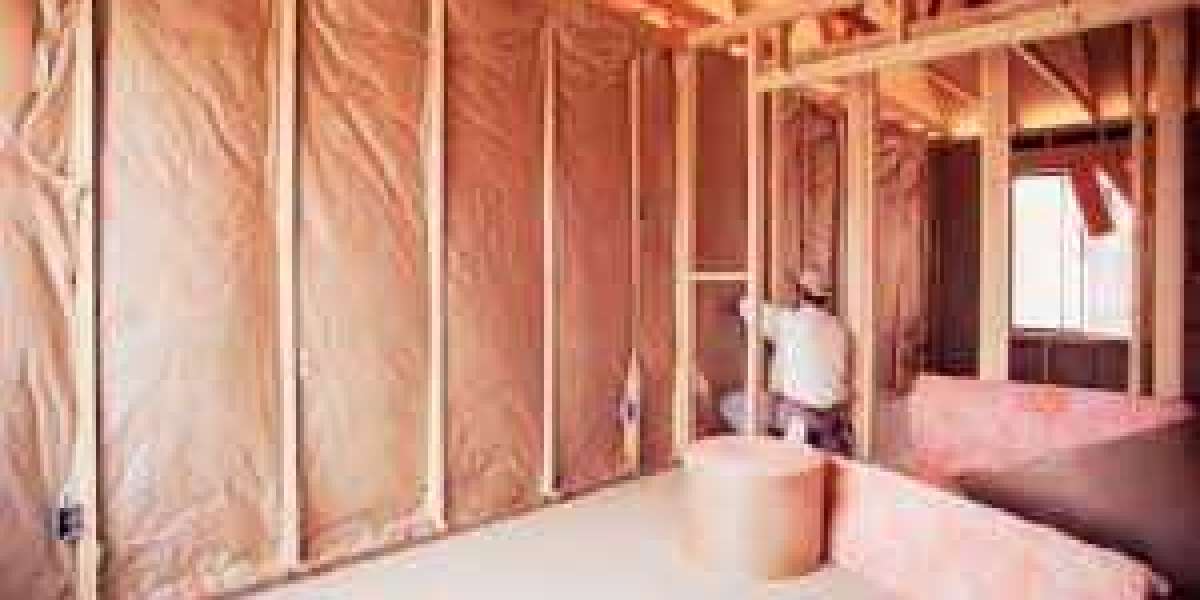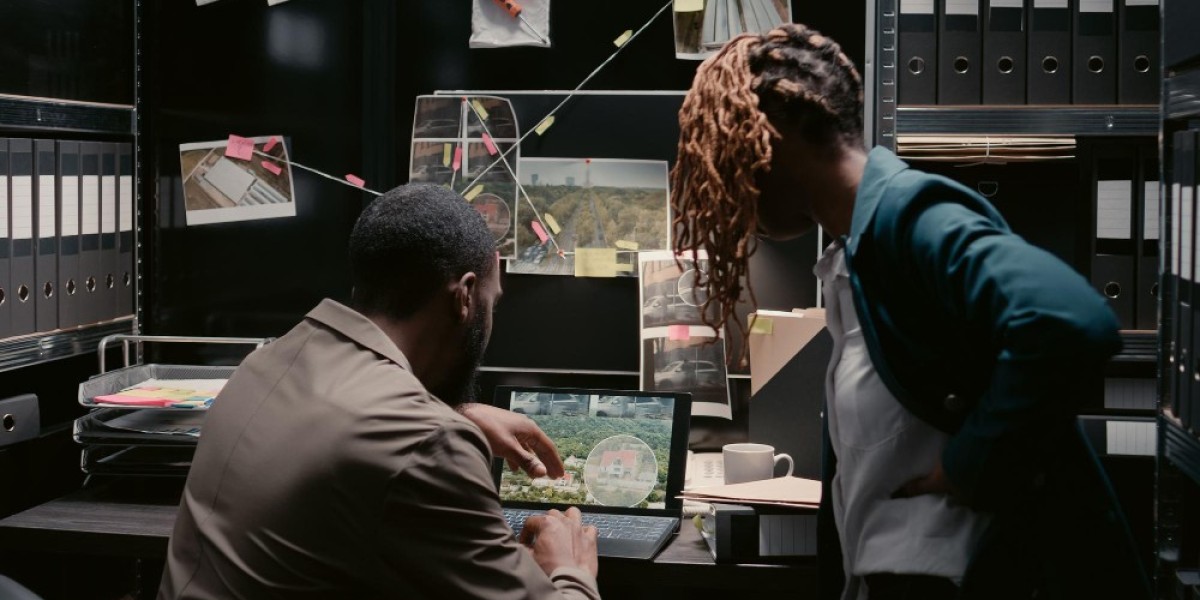The main benefits of waterproofing roofs
Roof waterproofing aims to isolate the building and prevent water from reaching it. It is used in many places in homes such as tanks, bathrooms, and places that may be exposed to water leakage. There are two types of waterproofing, positive and negative water insulation.
Positive insulation is the best and most widely used type of insulation, and it is the type that is used to prevent water from reaching the body to be isolated, by isolating the area from which the water comes out (the wet side), such as the outer surface of the foundations exposed to more moisture.
As for the negative insulation, it is the type that is used on the opposite (interior) side of the side from which the water exits. The main objective of it is to retain water and prevent it from reaching the occupied places only, and it is usually used when it is difficult to use and apply positive insulation, and the common and most used materials in this type of insulation They are epoxy injection and cement paint.
Waterproofing is very important to protect surfaces, and the most important of these benefits:
Extend the life of the roof
The waterproofing of the roof surface reduces any major damage, prevents water leakage, and prevents erosion and rotting of roofs caused by rainwater and snow leakage, thus helping to extend the life of the building.
Reduce costs
In addition to its ability to reduce wear and tear, waterproofing saves money in the short term because the cost of insulation is much lower than the cost of a complete repair, and the maintenance of insulation layers is much less than other costs, and it extends the life of the surface and thus saves additional costs in the long run .
Energy saving
Waterproofing is a good heat reflector, as it reflects heat and sunlight, thus saving heating, ventilation and air conditioning costs in the summer by maintaining the buildings' temperatures.
low humidity
Coating the roof with waterproofing materials increases the resistance of building roofs to water leaks and thus protects them from the harmful effects of leaking water, thus reducing moisture levels in buildings and preventing rotting.
Provide a healthy environment
The use of waterproofing systems is an essential factor in creating a healthy and clean living environment, as it protects the property from moisture, mold and others, and thus protects the people residing inside these properties from diseases resulting from insulation problems.
Materials used for waterproofing
Speaking of waterproofing, waterproofing in the past was done using tar or asphalt, but now there are many new materials that have replaced the previous one, the most important of which are:
metal panels
These panels are used for waterproofing in surfaces, such as lead, copper, aluminum and iron panels, as these panels protect surfaces and walls, and these panels are characterized by their ability to resist moisture greatly, and are low in costs compared to other insulation materials, but they have many disadvantages, most notably their susceptibility to rust.
TRANSLATED FROM:
شركة كشف تسربات المياه بحي الناصرية
شركة كشف تسربات المياه بحي الشرقية



